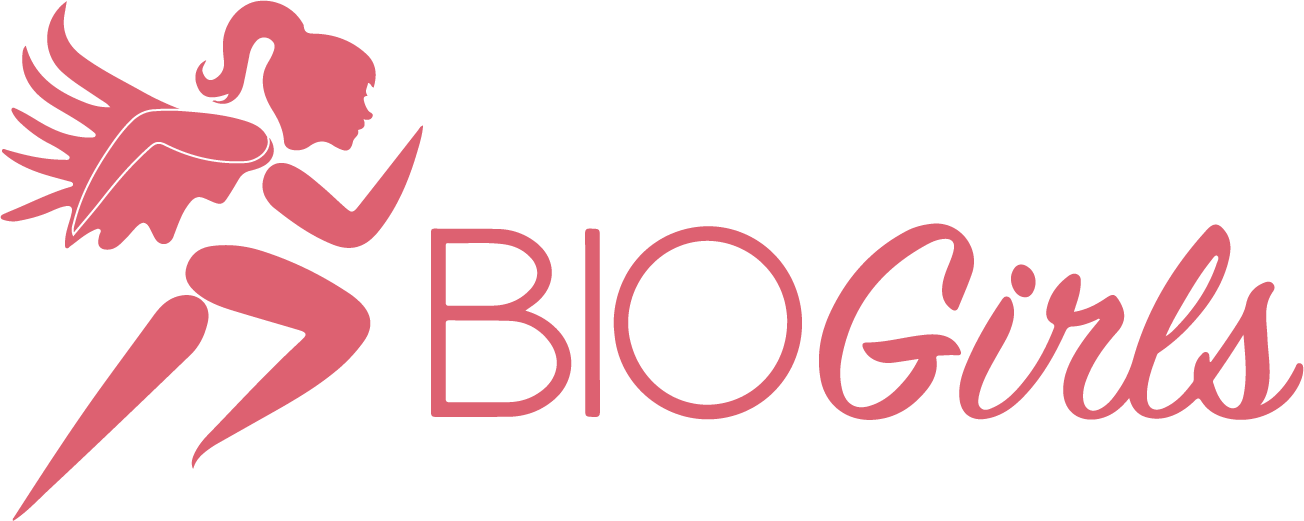What to do When – Your Child Has Eating or Body Image Concerns
What to do When…
Your Child Has Eating or Body Image Concerns.
Dr. Maegan Jones
Assistant Professor of Developmental Psychology, St. Cloud State University
“I can’t eat that.”
A common phrase you might overhear out to eat, in a grocery store, or at cookout - maybe you have even said it yourself. It’s hard not to put food into “good” or “bad” categories. We are constantly around images of celebrities, people in TikTok videos, and even our own friends on Facebook who appear to be thin and in excellent physical shape, while our restaurants and grocery stores often have a lot of high calorie, low nutrition foods, or large serving sizes. More than one out of every six adults is on a diet according to the latest data from the CDC, and even more have dieted in the past. It’s normal to want to look your best.
But, what do you do when it’s your daughter saying those words?
While body dissatisfaction and unhealthy eating habits can unfortunately start earlier, puberty is often a particularly difficult time for girls’ feelings about their bodies. It’s important to remember that it’s completely normal for girls going through puberty to gain body fat – in fact, girls gain more body fat (compared to muscle) than boys by the time their bodies are done developing. The overall shape of their bodies changes as well, as their hips get wider and their breasts get bigger. For most teens, their appearance becomes their number one source of self-esteem – this means that girls can really struggle with these changes and worry how they, or other effects of puberty like acne, make them look compared to their peers. So, how do we help?
“That’s bad for me,” or “Eating that will make me fat.”
When we label food as bad, we actually usually end up eating more of it! This is because the more that we avoid something we’re craving, the stronger the craving often becomes, and when we finally “give in,” we eat more of it. Or, when we decide to “break” our healthy streak, we make the most of “being bad” and eat several things we’ve been avoiding.
It’s important to encourage your daughter (and yourself!) to think of all foods as good foods, as long as they’re in moderation. Food provides us with fuel to do the things we love, whether that’s running, kayaking, creating art, playing an instrument, or learning. Every food can fit into our lives – some foods are “always” foods, like vegetables and fruits, and other foods might be “sometimes” foods, but no foods should be “bad.”
“I’m too fat to wear a swimsuit in front of my friends.”
It’s completely normal for teens to feel like everyone is paying attention to all of their flaws. This cognitive distortion is called the “imaginary audience.” While this is normal, we can also remind teens about a few different things to try to help with the anxiety. 1. For the most part, their friends really aren’t paying attention to how your teen looks. They’re mostly worried about themselves! 2. As difficult as this can be to remember, how our bodies look isn’t the most important thing about them; it’s what they allow us to do. Our bodies let us swim, laugh, tell jokes, and make connections with the people we love and care about. 3. If teens still feel uncomfortable even after encouragement, it’s important to acknowledge that and help them come up with alternatives that allow them to feel safe. This might mean shopping for a bathing suit that makes them feel confident.
“He’s too skinny.”
What about when teens comment on someone else’s body? Social media has made it particularly easy to comment on others’ appearances. It’s important not to shame when we hear these comments, but to try to reframe. This could mean focusing instead on how much someone is enjoying themselves, not on their bodies. But, it can also mean having an important conversation about how much our appearances don’t say about us. Appearances aren’t accurate predictors of physical health. For example, someone might be struggling with an eating disorder, whether they are underweight or overweight. While we tend to associate Anorexia Nervosa with being underweight, there is also Atypical Anorexia Nervosa, where those who are suffering are of average weight or may have larger bodies, but they’re still restricting their food intake to an unhealthy level. Similarly, both individuals who are underweight or with large bodies may have illnesses, such as those related to hormones, that affect their weight. Others might be struggling with depression, which can cause both undereating and overeating. We often do not truly know what others are experiencing, so it’s important to always be kind.
So, when should we start talking about food and bodies?
The earlier, the better! One of the best things we can do for young children is teach them about fueling their bodies, and modeling those things ourselves. For instance, try not to talk negatively about your body, or someone else’s body, around your daughter. Try to show her how you can use your body in fun ways – go on family bike rides or visit a state park. Try to model balanced eating and avoid using calorie dense foods as a reward.
But, it’s never too late to start! The good news is that, even for those who struggle with body and eating issues as adults, it’s never too late to shift our mindset and habits, and it will help not only us, but the girls in our lives, lead healthier and happier lives.
